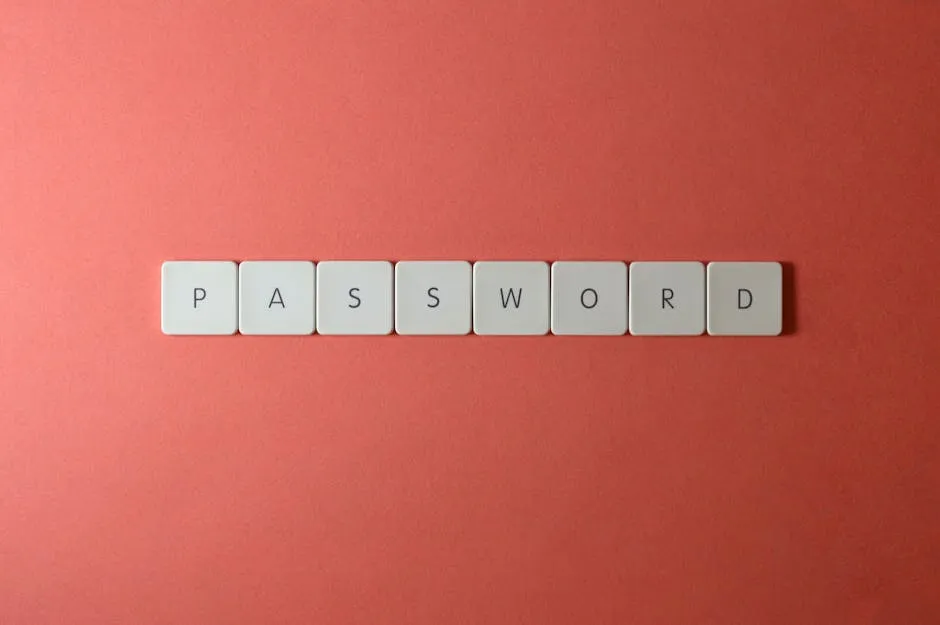
Exploring Infinex’s Use of Passkeys for Crypto DApp Access: A Safety Perspective
In the ever-evolving world of cryptocurrency, security remains a top concern for users as they navigate decentralized applications (DApps). Recently, Infinex has introduced an innovative approach to logging into crypto sites by utilizing passkeys, offering a convenient method that leverages biometrics, such as thumbprints, and smartphones to facilitate seamless access and transaction approval. But how does this new approach stack up against traditional security measures like hardware wallets?
The Convenience of Passkeys
The integration of passkeys into the crypto landscape represents a significant step toward enhancing user experience. With the ability to log in using just a thumbprint or facial recognition, users can bypass the hassle of remembering complex passwords or dealing with two-factor authentication codes. This user-friendly method not only streamlines the login process but also encourages more individuals to engage with cryptocurrency platforms.
Security Considerations
While the convenience of passkeys is undeniable, it raises important questions regarding security. The primary concern is whether this method can offer the same level of protection as hardware wallets, which are often touted as one of the safest options for storing cryptocurrencies. Hardware wallets function offline, safeguarding private keys from online threats such as phishing attacks and malware.
In contrast, passkeys rely on internet connectivity and the security of the devices they are used on. If a user’s smartphone or biometric data is compromised, the risk of unauthorized access to their crypto assets increases significantly. Therefore, while passkeys can enhance accessibility, they may also introduce vulnerabilities that traditional hardware wallets effectively mitigate.
Weighing the Risks and Benefits
When evaluating the use of passkeys versus hardware wallets, it’s essential to consider individual needs and risk tolerance. For those who prioritize convenience and ease of access, Infinex’s passkeys might offer a compelling solution. However, users who are more concerned about the security of their digital assets may prefer to stick with hardware wallets, especially for long-term storage.
Ultimately, the decision hinges on how users interact with their cryptocurrencies. Active traders might appreciate the swift access that passkeys provide, while investors holding significant amounts of crypto may lean toward the robust security that hardware wallets offer.
The Future of Crypto Security
As the cryptocurrency landscape continues to mature, the balance between convenience and security will be crucial. Infinex’s move to adopt passkeys is part of a broader trend toward simplifying user experiences in the crypto space. However, it is vital for users to remain informed about the potential risks and to implement additional security measures, such as multi-factor authentication, when possible.
In conclusion, Infinex’s bet on passkeys is an exciting development in the realm of cryptocurrency access, but it is essential for users to carefully assess their security needs. As with any technological advancement, the best approach may be to combine the convenience of passkeys with the traditional security of hardware wallets, creating a layered defense against potential threats in the digital currency landscape.



